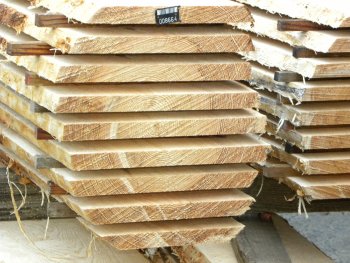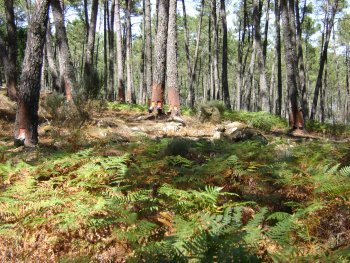Innovative initiatives in the forest sector applied to the resin sector
The objective of this document is to highlight the importance of different initiatives, techniques and tools that have been presented by different organizations, both public and private, through the different transfer events that have taken place within the INCREDIBLE project. The aim is to provide a global vision of the different fields to explore in the resin sector.
































